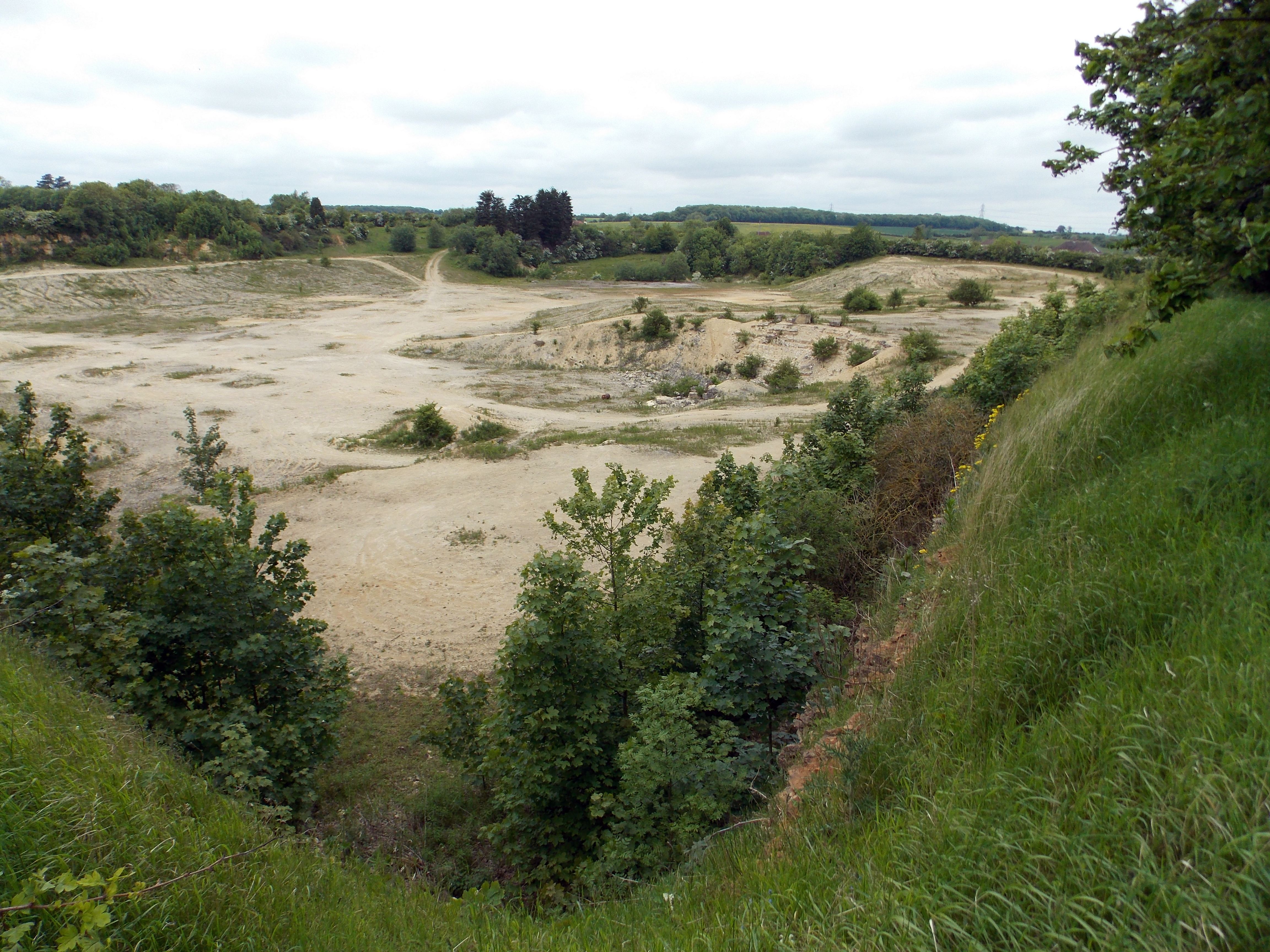Castle Bytham Quarry on:
[Wikipedia]
[Google]
[Amazon]
Castle Bytham quarry is a disused  When the quarry was opened in the 1850s a
When the quarry was opened in the 1850s a
www.thebythams.org.uk Images of the quarry as it was in 2003Natural England data sheet
{{coord, 52.7507, -0.5348, type:landmark_region:GB, display=title Geography of Lincolnshire Sites of Special Scientific Interest in Lincolnshire Bytham Lime kilns in the United Kingdom Quarries in England
quarry
A quarry is a type of open-pit mining, open-pit mine in which dimension stone, rock (geology), rock, construction aggregate, riprap, sand, gravel, or slate is excavated from the ground. The operation of quarries is regulated in some juri ...
located close to the centre of the village of Castle Bytham
__NOTOC__
Castle Bytham is a village and civil parish of around 300 houses in South Kesteven, Lincolnshire, England. It is located north of Stamford and west of Bourne. The population was measured at 768 in 317 households at the 2011 censu ...
, Lincolnshire
Lincolnshire (), abbreviated ''Lincs'', is a Ceremonial counties of England, ceremonial county in the East Midlands and Yorkshire and the Humber regions of England. It is bordered by the East Riding of Yorkshire across the Humber estuary to th ...
, England
England is a Countries of the United Kingdom, country that is part of the United Kingdom. It is located on the island of Great Britain, of which it covers about 62%, and List of islands of England, more than 100 smaller adjacent islands. It ...
. It is famous for the exposure of ''Laeviuscula'' Zone ammonite fauna has allowed the dating of the Upper Lincolnshire limestone
The Lincolnshire Limestone Formation is a geological formation in England, part of the Inferior Oolite Group of the ( Bajocian) Middle Jurassic strata of eastern England. It was formed around 170 million years ago, in a shallow, warm sea on the ...
- can be zoomed to show the quarries formation to the Bajocian
In the geologic timescale, the Bajocian is an age and stage in the Middle Jurassic. It lasted from approximately 170.9 ±0.8 Ma to around 168.2 ±1.2 Ma (million years ago). The Bajocian Age succeeds the Aalenian Age and precedes the Bathonia ...
era, and thereby dating other deposits around Europe.
 When the quarry was opened in the 1850s a
When the quarry was opened in the 1850s a Bronze Age
The Bronze Age () was a historical period characterised principally by the use of bronze tools and the development of complex urban societies, as well as the adoption of writing in some areas. The Bronze Age is the middle principal period of ...
arrowhead and a Saxon
The Saxons, sometimes called the Old Saxons or Continental Saxons, were a Germanic people of early medieval "Old" Saxony () which became a Carolingian " stem duchy" in 804, in what is now northern Germany. Many of their neighbours were, like th ...
burial were found in the overburden.
Although Ironstone quarrying was common to the west and north, this quarry was worked for Limestone. A kiln adjacent to the railway line was used to produce slaked lime for the agricultural trade and a small amount of cement. The quarry was worked by the ''Castle Lime company'.
The quarry has been left to return to nature since its closure and is now a recognised Site of Special Scientific Interest
A Site of Special Scientific Interest (SSSI) in Great Britain, or an Area of Special Scientific Interest (ASSI) in the Isle of Man and Northern Ireland, is a conservation designation denoting a protected area in the United Kingdom and Isle ...
or SSSI. It has most recently been used as a temporary car park for the annual Castle Bytham Mid-Summer Fair but is otherwise unused. The present owner of the quarry made efforts in 2004 to turn the quarry into an industrial complex of offices and small industrial units.
Thunderbolt Pit, The small quarry to the North of the Little Bytham road, just past the former railway bridge, is in another small outcrop of the same stratification, on the other side of the river. Thunderbolt Pit It was not operated by Castle Lime.
See also
* List of Sites of Special Scientific Interest in Lincolnshire *List of types of limestone
This article lists types of limestone arranged according to generic type and location.
Generic limestone categories
This section is a list of generic types of limestone.
*
*
*
*
*
*
*
* Marble – Metamorphic limestone
*
*
*
* ...
References
*External links
www.thebythams.org.uk Images of the quarry as it was in 2003
{{coord, 52.7507, -0.5348, type:landmark_region:GB, display=title Geography of Lincolnshire Sites of Special Scientific Interest in Lincolnshire Bytham Lime kilns in the United Kingdom Quarries in England